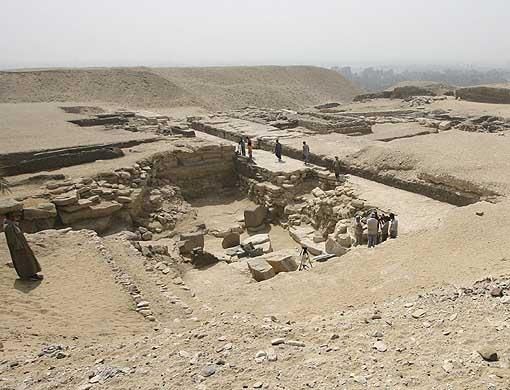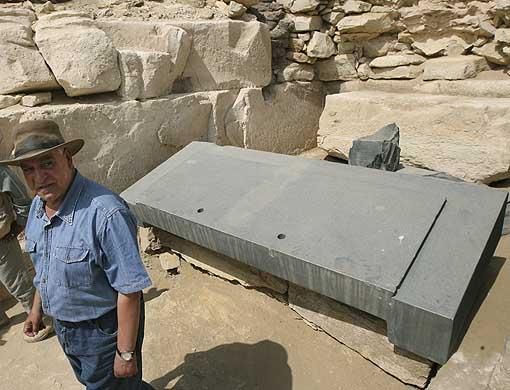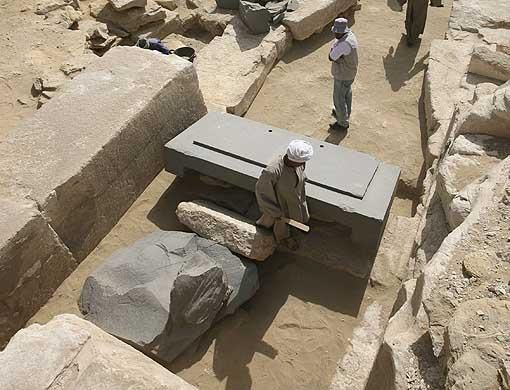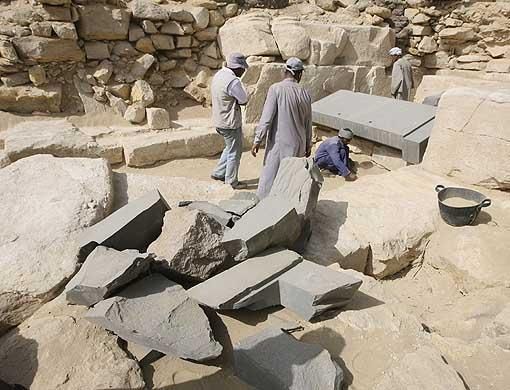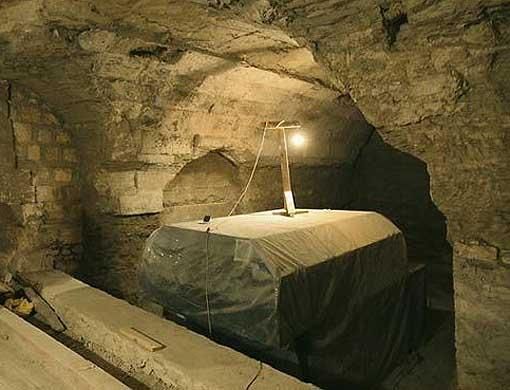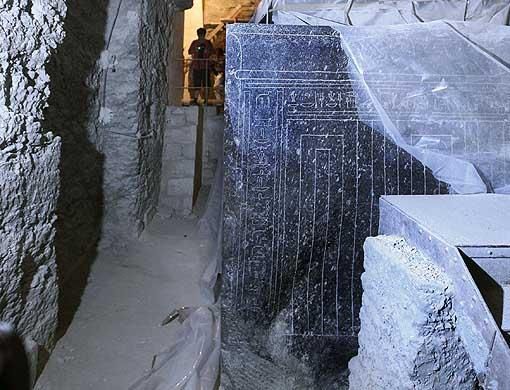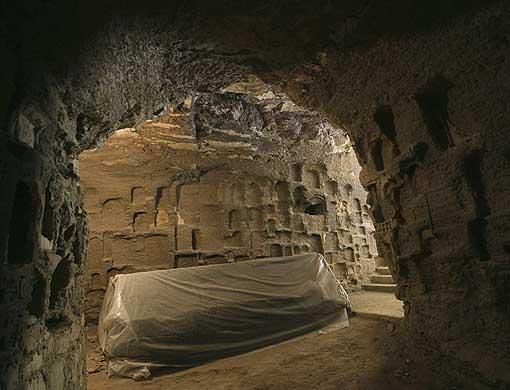Saqqara: Egyptian archaeologists have uncovered a “missing pyramid'' that was built 4,000 years ago.
Egyptian antiquities chief Zahi Hawass said the pyramid is believed to be that of King Menkauhor.
The pyramid was first uncovered in 1842 and was called the “Headless Pyramid'' because its top was missing, Hawass said. It was later lost after desert sands buried it.
Archaeologists also found a ceremonial procession road, dating back about 300 years, which was reserved for the high priest carrying mummified bulls' remains to the site.
"We have filled the gap of the missing pyramid," Hawass said on a tour of the discoveries at Saqqara, south of Cairo on Thursday.
Only the pyramid's base was found after a 25-foot-high mound of sand was removed over the past year and a half by Hawass's team.
The base was in a 15 foot-deep pit dug out by workers, with heaps of huge rocks marking its entrance and walls. A burial chamber also was discovered.
Hawass said the style of the pyramid and of a gray granite sarcophagus lid found in the burial chamber indicates the pyramid was made two centuries after the Great Pyramid of Giza was finished in 2500 B.C.
The second discovery Hawass announced on Thursday was a part of a ceremonial procession road running alongside Menkauhor's pyramid.
The road leads from a mummification chamber toward the Saqqara Serapium, a network of underground tombs where sacred bulls were interred.
Ancient Egyptians considered Apis bulls to be earthy incarnations of the city god of Memphis and connected with fertility and the sun-cult.
Archaeologists find 'missing pyramid' in Egypt
Archaeologists find 4,000-year-old 'missing pyramid'


